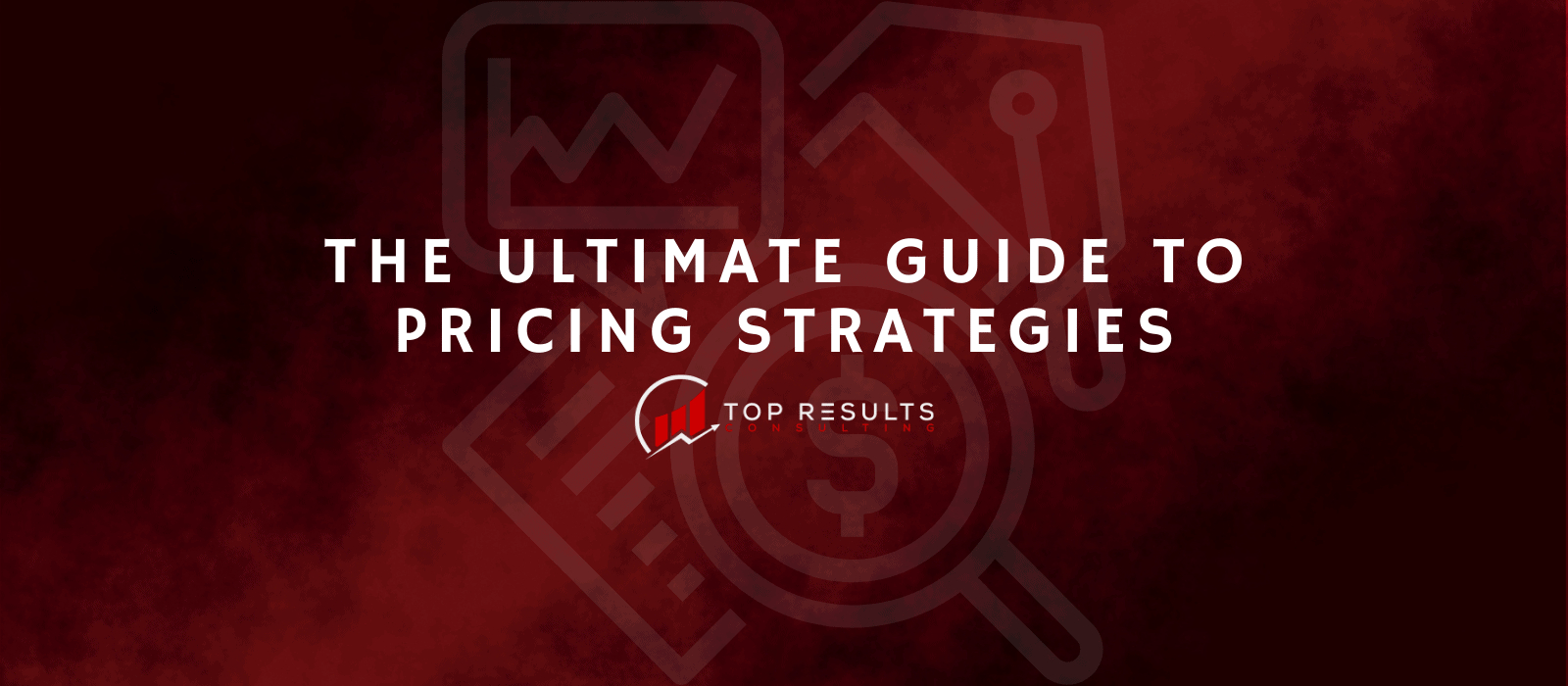Making a decision about the prices for your products and services can be challenging. This is because if you set prices too low, you might miss out on valuable revenue. Set them too high, you might miss out on valuable sales. However, pricing doesn’t have to be a sacrifice. There are several pricing models and strategies that can help you better understand how to set the right prices for your audience.
This is why it is advisable to research your audience in the first place. You should know the amount they are willing to pay for the service and how to make them patronize you again and again. To make life easier, reach out to us at Top Results Consulting. We will equip you with everything you need to know about your audience and the market you want to enter. We will also devise the best means of growing your business and establishing value.
If you are a business beginner or a pricing pro, the tactics and strategies we will be giving you in this article will get you comfortable with pricing your products. Let’s explore more.
Pricing Strategy
Price elasticity of demand
Price elasticity of demand is used to determine how a change in price affects consumer demand. For instance, if consumers still purchase a product despite an increase in price, that product is said to be inelastic. That is, elastic products are those that suffer from pricing fluctuations.
However, the concept of price elasticity helps to understand if your product or service is sensitive to pricing fluctuations. Ideally, you would rather prefer your products to be inelastic so that demand remains stable even if prices fluctuate.

Pricing analysis
Price analysis is a process of evaluating your market’s current pricing strategy against market demand. The objective of price analysis is to identify the opportunities for pricing changes and improvements. You should conduct a pricing analysis when considering new product ideas, running market tests, or developing your positioning strategy.
It is advisable to run a price analysis once a year to evaluate your pricing against competitors and customer expectations.




